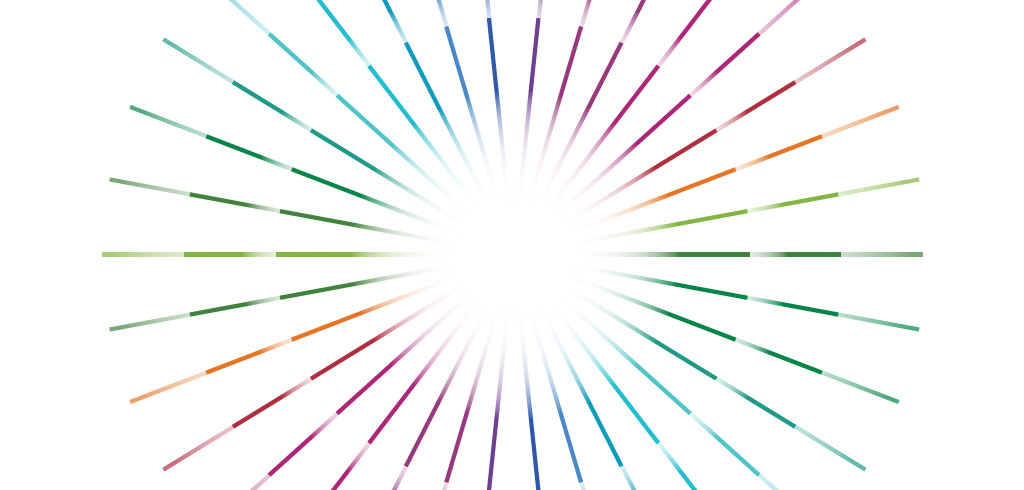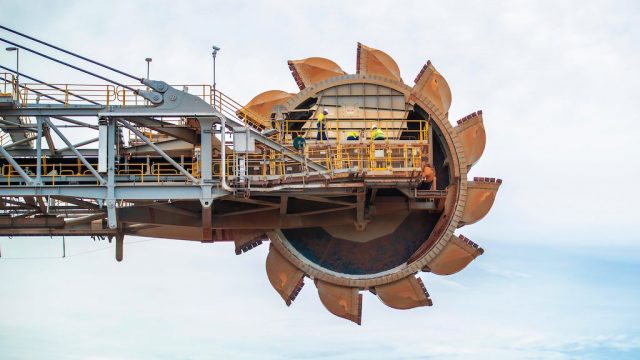Investing in Australia’s net zero future
ARENA will tackle emissions in heavy industry such as aluminium and steel, while also continuing to support the electricity transition and hydrogen.

The newly launched Investment Plan will guide the types of projects ARENA invests in, shifting attention onto opportunities to tackle emissions from heavy industry.
In the plan, ARENA expands ARENA’s electricity sector focus to pursue ultra low-cost renewable generation technologies and also broadens the scope of hydrogen projects to include a wider range of production methods.
For the first time, ARENA will prioritise projects that reduce emissions from the production of steel and aluminium, helping the emissions intensive metals sector to decarbonise and create low emission materials.
After ARENA was renewed last year with a further $1.62 billion in funding to 2032, this Investment Plan refreshes the agency’s 2019 investment strategy to reflect a new wave of investment in renewable and priority low emissions technologies.
Launching the plan today, ARENA CEO Darren Miller said ARENA was focussed on cutting edge innovation, noting that investment decisions made today will be critical to transforming our energy system and achieving net zero emissions.
“To get to net zero, we need to invest today in the technologies that are going to transform our energy system and our economy in the years to come,” Mr Miller said.
“Our new priorities are focussed on the next generation of energy technologies that will position Australia as a leader in a net zero world.”
Solar 30/30/30
Optimising the integration of renewable energy into the electricity network will remain a funding priority, continuing ARENA’s support for everything from distributed energy projects to renewable energy zones, while expanding into the energy efficiency space.
The new plan includes a focus on ultra low-cost solar PV, which will be needed to unlock the potential of hydrogen electrolysers and low emissions metals. Under this objective, Mr Miller outlined the target for Solar 30/30/30 — an ambitious target to improve solar efficiency to 30 per cent and reduce the cost of solar modules to 30 cents a watt by 2030.

With the electricity transition, the agency will also focus on supporting new forms of large scale energy storage – including not just grid scale batteries and hydro but also thermal storage, flow batteries and compressed air – as well as flexible demand.
Since wind and solar have established their place as the cheapest form of new electricity generation, attention has shifted in recent years to grid innovations and market reforms to provide an efficient and cost-effective transition.
ARENA has previously provided funding to electric vehicle charging networks, large-scale batteries and microgrids, as well as virtual power plants and even technologies that can forecast future generation from technologies that vary according to the weather.
Fast tracking hydrogen
The new plan continues ARENA’s focus on bringing down the cost of hydrogen made using electrolysers, but reflects the agency’s updated mandate to include projects that produce hydrogen with natural gas where emissions are captured.
“We’ve already committed over $160 million in hydrogen, but we need to continue to grow a clean hydrogen industry and export market as this is still in its infancy.”
In May ARENA announced that Engie Renewables, ATCO Australia and Australian Gas Networks will share in $103.3 million of funding to develop the world’s largest hydrogen electrolysers in Western Australia and Victoria.
Transforming metals
Aluminium and steel supply chains are a new focus, providing opportunities for projects that can reduce emissions across energy intensive supply chains.
As one of the world’s largest exporters of alumina and iron ore, Australia is well positioned to demonstrate the potential of new technologies to reduce emissions and also take advantage of cheap renewable energy to undertake more processing onshore.
To date, ARENA has provided funding to Alcoa and Rio Tinto to scope the feasibility of using renewable energy in their alumina refining processes, but Darren Miller says there could be a number of ways to use energy more efficiently across supply chains.
“We need to support the aluminium and steel industry to transition, whether through electrification, hydrogen or new alternatives in order to improve the competitiveness and emissions intensity of our heavy industries,” Mr Miller explained.

New opportunities in CCS and soil carbon
Darren Miller said the new plan will provide a starting point to explore carbon capture and storage and soil carbon.
“As these are new areas for ARENA, we’ll be consulting with industry and researchers to develop our approach to these technologies,” he said.
LIKE THIS STORY? SIGN UP TO OUR NEWSLETTER

ARENA